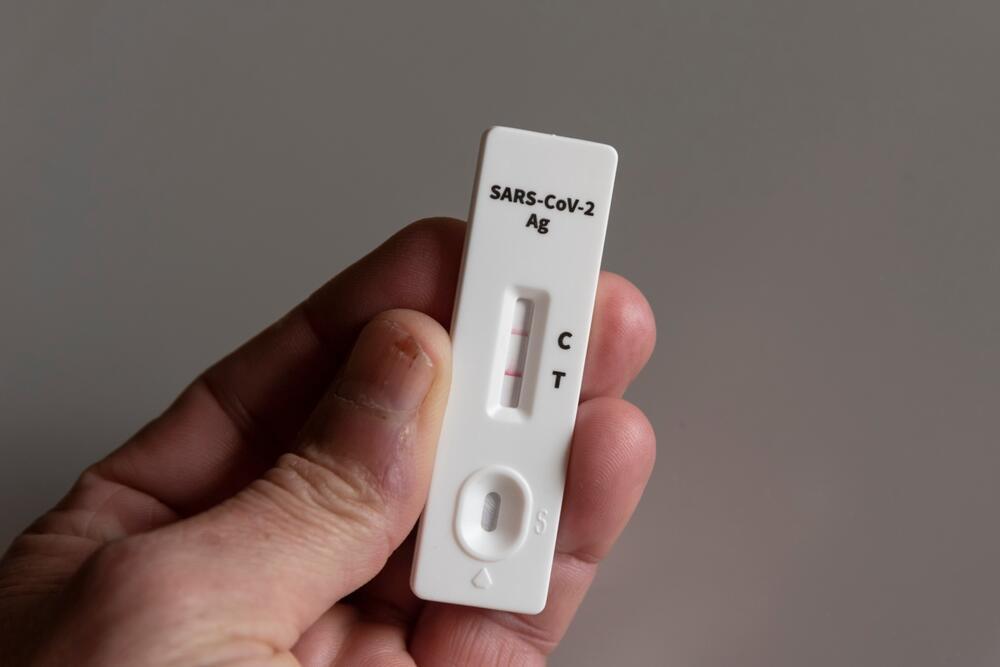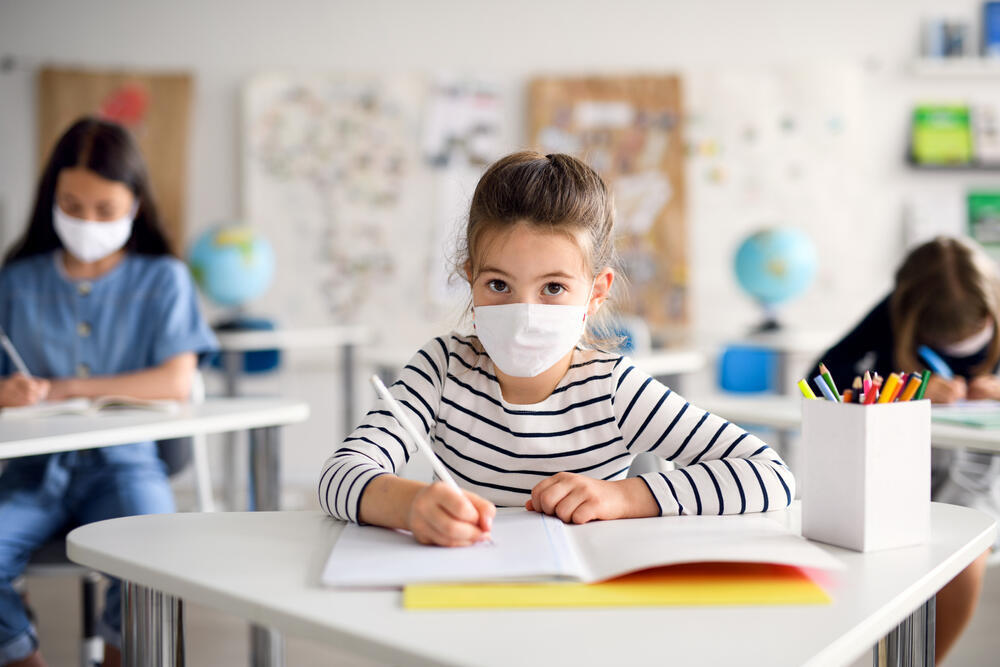A new study published this week in the JAMA medical journal, supported by the National Institutes of Health (NIH) reveals similar but distinguishable patterns between school-age children (ages 6-11 years) and adolescents (ages 12-17 years) and identified their most common symptoms in long COVID. The study aims to understand, diagnose, treat and prevent long COVID, a condition marked by symptoms and health problems that linger after an infection with SARS-CoV-2, the virus that causes COVID-19.
Children and adolescents were found to experience prolonged symptoms after SARS-CoV-2 infection in almost every organ system with most having symptoms affecting more than one system.
"Most research characterizing long COVID symptoms is focused on adults, which can lead to the misperception that long COVID in children is rare or that their symptoms are like those of adults," said David Goff, M.D., Ph.D., division director for the Division of Cardiovascular Sciences at the NIH's National Heart, Lung, and Blood Institute. "Because the symptoms can vary from child to child or present in different patterns, without a proper characterization of symptoms across the life span, it's difficult to know how to optimize care for affected children and adolescents."
The observational study included 3,860 children and adolescents with a SARS-CoV-2 infection history at more than 60 sites across the United States between March 2022 and December 2023. A comparison group of 1,516 children and adolescents with no history of a SARS-CoV-2 infection was also included to determine whether prolonged symptoms of those who had experienced COVID-19 were related to SARS-CoV-2 itself or more broadly related to the effects of the pandemic.
Adolescents and children experience COVID-19 similarly
Researchers identified 18 prolonged symptoms that were more common in school-age children, including headache (57%), followed by trouble with memory or focusing (44%), trouble sleeping (44%), and stomach pain (43%). Other common symptoms in school-age children not included in the research index included body, muscle and joint pain; daytime tiredness/sleepiness or low energy; and feeling anxious.
In adolescents, 17 symptoms were more common, including daytime tiredness or low energy (80%); body, muscle, or joint pain (60%); headaches (55%); and trouble with memory or focusing (47%). Feeling anxious and having trouble sleeping were other commonly reported symptoms not included in the research index.
"The symptoms that make up the research index are not the only symptoms a child may have and they're not the most severe, but they are most predictive in determining who may have long COVID," said Rachel Gross, M.D., associate professor in the departments of pediatrics and population health at New York University Grossman School of Medicine and lead author on the study. Gross added that most COVID research focused on adults due to the "misperception that children don’t get long COVID."
Fourteen symptoms overlapped between the age groups. Comparing previous research on long-term COVID in adults, the new study found that adults and adolescents had a greater overlap in symptoms, such as loss of or change in smell or taste. Researchers found less overlap between adults and school-age children, underscoring the importance of age-based long COVID research.
Scientists note that the research index provides a framework for looking at common symptoms for research purposes - not necessarily as a guide for clinical care - and will likely be refined as researchers study more children with and without long COVID.
"Our next step is to study children ages 5 years and younger so we can better understand long COVID in the very young," said Gross.




